
• Jordan Valley carries culture and heritage that is uniquely Basque
Jordan Valley is a small historic town along Jordan Creek, sitting at an altitude of 4,385 feet near the Idaho state line. This small high desert town with roughly 300 residents carries a unique heritage of the Basque culture.
The place is a hub for local ranchers and a service stop for people traveling along U.S. Route 95, with stores, cafes, and a gas station.
The town is only 33 miles east of the Pillars of Rome and can be an interesting stop on your Owyhee Canyonlands tour.
Jordan Valley History: Early Years
Native American History in Jordan Valley
Long before the Basque settlers arrived, Jordan Valley was home to the Northern Paiute and Shoshone Native Americans.
These tribes were in the region for centuries, living off the land, hunting, fishing, and gathering food.
The arrival of European settlers changed the landscape for the native people. It often led to conflict and displacement, including the Bannock War of 1878.
The Bannock War of 1878 started in Idaho with the Northern Paiute and Bannock tribes fighting against the U.S. government's efforts to confine them to reservations.
The war broke out due to the loss of traditional hunting grounds and the destruction of native food sources by settlers and government policies.
The conflict spread into parts of southeastern Oregon, including Jordan Valley, and resulted in the defeat of the Native American forces. Many of the Northern Paiute were forced onto reservations after the war.
Although much of the town's history focuses on the Basque influence, it's important to remember that the Native Americans were the first to call this land their home.
Arrival Of First European Settlers
In 1863, Prospector Michael M. Jordan discovered gold along the creek that now bears his name. That also marked the beginning of the European settlement in the area.
Jordan Valley started as a mining town. Over time, locals developed a more extensive infrastructure, making it a rest stop for travelers venturing between larger mining towns.
Around 1875, when mining started going into decline, many residents turned to ranching to make ends meet. That surprisingly gave Jordan Valley an influx of unlikely residents. With those residents came the town's new life.
Basque Immigration
Basques are a smaller European ethnic group with their own unique heritage and culture. Their native lands include parts of north-central Spain and southwestern France.
Basques began arriving and settling in the Jordan Valley around 1889. Among the first buildings they built were St. Bernard Church and the Pelota Fronton, both made of sandstone.
Things To Do And See
Pelota Fronton: A Monument to Basque Heritage

Pelota Fronton was built in 1915 and is a handball court for Basque Pelota. Since then, the court has become a meeting place for the Basque community, hosting numerous games and acting as a social gathering point.
The Taylor Grazing Act of 1934 impacted the sheepherding lifestyle of the Basques. The act favored cattle ranching over the Basques' preferred livestock - sheep. This slowed Basque immigration to the area, and once the population started to decline, Pelota Fronton declined, too.
The town began a restoration project in 1997 to preserve this historic landmark. The restoration included structural repairs and the addition of interpretive signs about the Pelota Fronton history and the Basque culture.
Today, the restored Pelota Fronton is not just a Basque-style handball court. It is also where most cultural celebrations take place, including the Basque Fall Festival.
Annual Big Loop Rodeo
Jordan Valley hosts an annual Big Loop Rodeo on one of the weekends in mid-May.
This open-air cowboy festival attracts thousands of visitors eager to participate in (or just watch) bronc riding, bull riding, calf roping, barrels, team roping, and other fun competitions.
ODOT Building aka "Basque"
The ODOT Compound is another landmark of Jordan Valley. This building, maintained by the Oregon Department of Transportation, was constructed in the early 1900s.
It served as a base for road workers who helped build and maintain important routes like U.S. Route 95.
This road maintenance hub played a crucial role in keeping the roads operational, particularly during harsh desert winters and hot summers.
The compound was named "Basque" to honor the Basque settlers who played a large role in shaping the town.
Antelope Reservoir
Antelope Reservoir, 13 miles west of Jordan Valley, is a scenic body of water nestled amid the high desert landscape surrounded by rolling hills and sagebrush plains. The lake was formed by the dam built across Jack Creek and feeds by the water entering through the Antelope Feeder Canal. The main goals of the reservoir are irrigation and water management in this semi-arid region. It also became a popular destination for a variety of outdoor activities.
Fishing is one of them. Among fish species available to anglers are stoked rainbow trout and Columbia River redband trout from Jordan Creek. Boating and kayaking are other ways to spend time at the Antelope Reservoir, offering an "offshore" view of the lake and the surrounding landscape.
There is a free BLM-managed campground on the reservoir shore. Its amenities include four picnic tables, fire rings, a vault toilet, and a boat ramp. No drinking water is available.
Pillars of Rome
The Pillars of Rome is a unique geological landmark situated 37 miles west of Jordan Valley. These volcanic formations cover an area of approximately 10 square miles, rising up to 100 feet above the Owyhee River Valley.
Owyhee Reservoir
 Owyhee Reservoir was created in 1932 for irrigation purposes and is the longest lake in Oregon. It has two recreational areas. One is the Lake Owyhee State Park on the northeast shore, and the other is the Leslie Gulch Recreation Area on the south side of the lake. Both locations have a campground, picnic areas, and a boat ramp.
Owyhee Reservoir was created in 1932 for irrigation purposes and is the longest lake in Oregon. It has two recreational areas. One is the Lake Owyhee State Park on the northeast shore, and the other is the Leslie Gulch Recreation Area on the south side of the lake. Both locations have a campground, picnic areas, and a boat ramp.
Leslie Gulch
 Leslie Gulch is known for its dramatic volcanic formations and diverse ecosystems within the rugged landscapes.
Leslie Gulch is known for its dramatic volcanic formations and diverse ecosystems within the rugged landscapes.
A primary way to explore the area is driving via Leslie Gulch Road and hiking along one of several hiking trails of varying lengths and difficulties.
Jordan Valley – Places to Stay
There are no many accommodation options in Jordan Valley. You can stop at Sunny Ridge RV Park, located at the western end of the town, or choose Homedale, Idaho, 50 miles away, as your base.
Affordable vacation rentals for short and long term stay in Homedale, ID
Adventures Nearby
You May Also Like






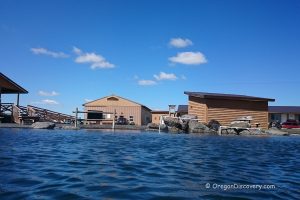
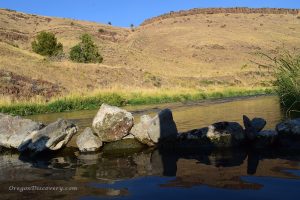

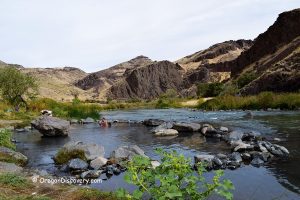

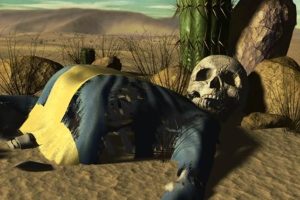
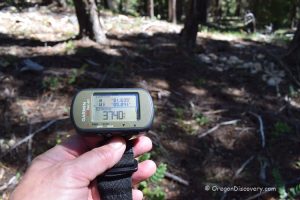

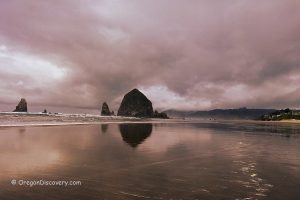

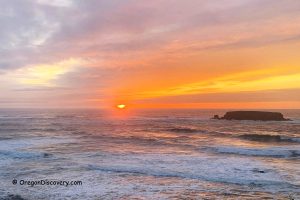


Please add history of the ODOT Compound. Named Basque. It is a historical landmark and is located in Jordan Valley. This needs more information about the Indians as well.
Done. Thank you Laura